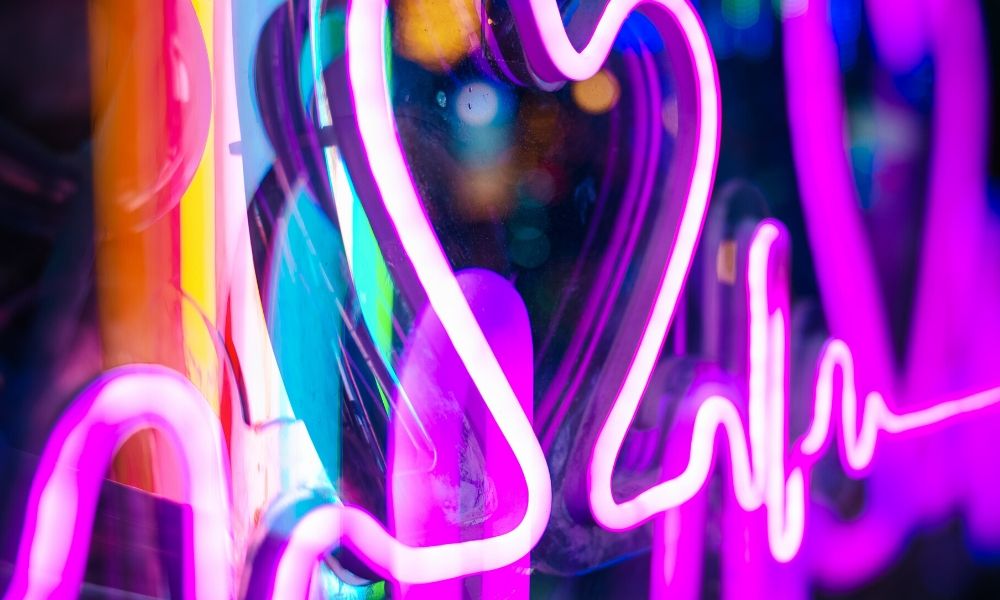A Brief History of Neon Signs
Uncover the evolution of neon signs throughout the ages, from their creation in the 1800s to their use in modern times, with this brief history of neon signs.
by Jantec Neon • December 17, 2019

Neon signs have cast a warm and familiar glow for many years, inciting nostalgia and comfort to all who view them. Though neon signs surged in popularity during the 1960s, the technology used to produce them dates back several hundred years. This brief history of neon signs examines the evolution in design and technology of neon signs—from the late 19th century to present day.
The Geissler Tube
The Geissler tube is one of the first iterations of neon signs as we now know them. This tube was invented in 1857 by Heinrich Geissler, a German physicist and hobbyist glassblower. Geissler tubes were formed using a sealed glass tube containing pressurized gas below atmospheric pressure. When connected to electrodes, the glass tube would emit an electrical glow.
Though the Geissler tube utilized many of the same principles and techniques as modern neon signs, they were far less stable and versatile. As such, they were most often used as entertainment devices, rather than a practical means of lighting a space. When spun with a motor, the tube would produce an optical illusion of sorts, making it a popular novelty at the time. The gas pressure within the Geissler tube declined greatly with use over time, and new evolutions of the model were soon introduced.
Early 20th century
With the discovery of neon in 1898 came the production of more vivid and stable lighted signs in the same vibrant red hue now associated with modern neon signs. Following this discovery, neon tubes were still largely used as novelty decorations and occasionally as scientific instruments. It was not until 1902 that Georges Claude began producing larger quantities of neon for industrial use. Early neon signs were quickly implemented into advertising for businesses, rising rapidly in popularity as a result. The innovations developed by Georges Claude are still utilized to produce modern neon signs today. His technique of bombardment, which removed impurities of neon gas within a sealed sign, and the design of electrodes to prevent degradation over time have proven invaluable to neon sign production.
Modern signs
Modern neon signs continue to build upon the inventions of both Claude and Geissler to produce the neon signs that are so well-known today. These signs have adapted to utilize additional elements in conjunction with neon to produce more vibrant and long-lasting signs. They are also available in a wider variety of styles and can be customized to accommodate almost any shape or font design. To relive the aesthetic of the 1960s and bring your business to life in brilliant color, stop by our digital neon sign store at Jantec Neon Sign Group today.

